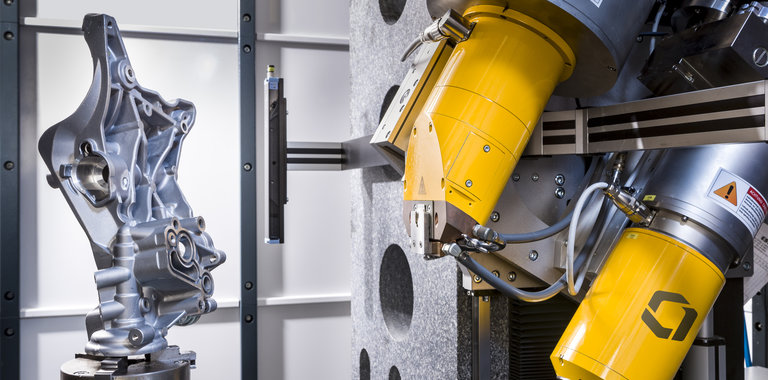
What is the structure of an X-ray film?
An X-ray film, total thickness approx. 0.5 mm, is made up of seven layers,
see figure 1-7:
• a transparent cellulose triacetate or polyester base (d).
On both sides of this base are applied:
• a layer of hardened gelatine (a) to protect the emulsion
• emulsion layer (b) which is suspended in gelatine, sensitive to radiation
• a very thin layer called the substratum (c) which bonds the emulsion layer to the base
The normal X-ray film, therefore, has two coatings of emulsion doubling the speed
compared to a film with a single emulsion layer. Photographic emulsion is a substance
sensitive to ionising radiation and light, and consists of microscopic particles of silver
halide crystals suspended in gelatine.
Note: In the past radiography on paper was not unusual. In this ‘ instant cycle’ process
results became available within 60 seconds. The quality of the images, however, was extre-
mely poor and the life of the film limited to a few months.
The availability of better and faster “instant cycle” techniques such as digital radiography
(see in a later section), has made radiography on paper obsolete


